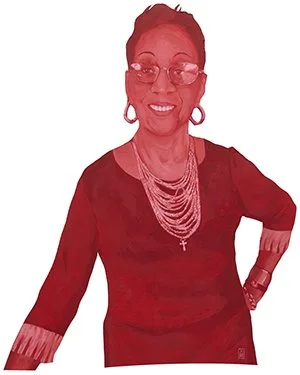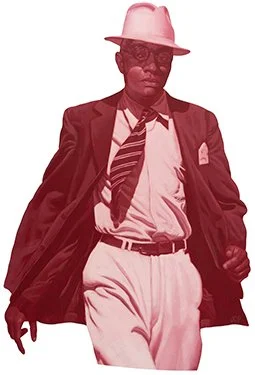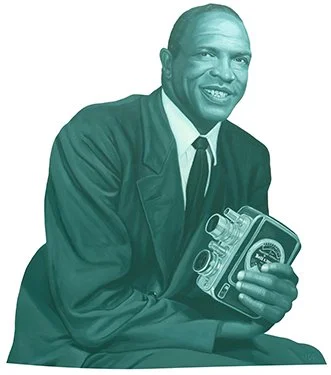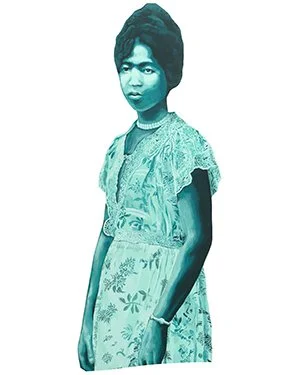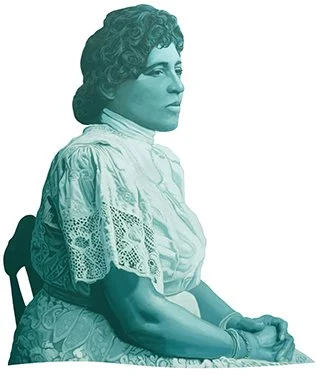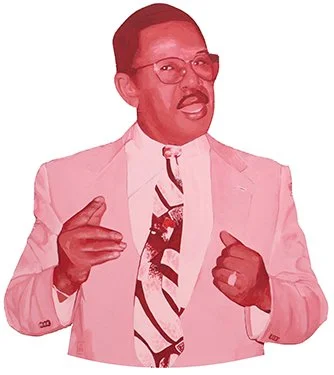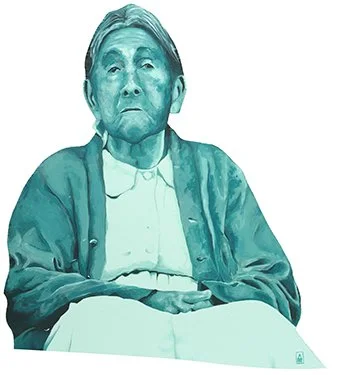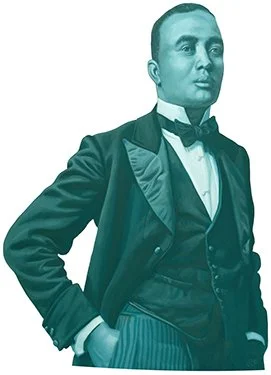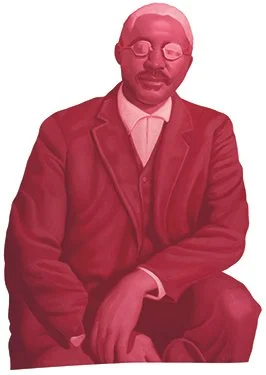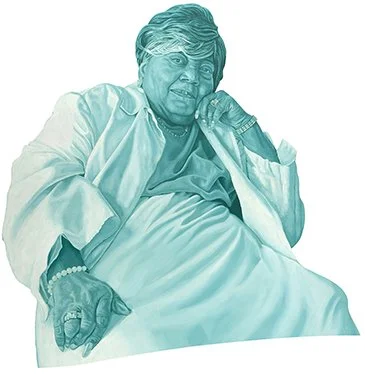Visionaries
Alexander Tamahn & Joel Daniel Phillips
with community organization and writing by
Dr. Autumn Brown and Quraysh Ali Lansana
In 1921, the thriving African American community of Greenwood in Tulsa, Oklahoma—often called "Black Wall Street"—was decimated in one of the most horrific episodes of racial violence in U.S. history: the 1921 Tulsa Race Massacre. Over the course of two days, hundreds of lives were lost, homes and businesses were destroyed, and the legacy of a resilient community was forever altered. But in the shadows of this tragedy, stories of survival, resilience, and hope emerged—stories that, like art itself, continue to inspire and drive the movement for racial healing.
Figures like Sarah Rector, a Black landowner who became one of the wealthiest African Americans in the early 20th century, stood as symbols of economic prosperity and autonomy before and after the massacre. The Perryman Family, whose roots trace back to the Creek Nation, witnessed the complex intersection of Native American and African American histories that shaped Oklahoma. JB Stratford and OW Gurley, key entrepreneurs who built hotels and businesses that anchored Greenwood, represented a vision of Black self-sufficiency and success. Loula Williams, owner of the Dreamland Theatre, brought culture and entertainment to the heart of Greenwood, while attorney BC Franklin and journalist Andrew Smitherman fought through legal and media channels to defend their community's rights and restore justice.
Preserving these narratives became essential to understanding the massacre and its aftermath, a mission carried forward by historians and activists such as Eddie Faye Gates, Kavin and Don Ross, who tirelessly advocated for the recognition of the victims and reparative measures. Mary Jones Parrish, a survivor herself, documented first-hand accounts in her powerful book Events of the Tulsa Disaster, ensuring that the stories of those who lived through the violence would not be forgotten.
As we reflect on this tragic history, the role of art emerges as a powerful tool for reconciling the racial trauma of the past. Art offers a way to process pain, bridge divides, and inspire conversations that lead to healing. Oklahoma leaders like Princetta Newman, Maxine Horner and Don Thompson, dedicated to preserving Black history and promoting artistic expression, remind us of the ongoing struggle for justice and equality. Their work, much like the community's endurance after 1921, is a testament to the indomitable spirit that lives on in Tulsa today.
This landing page of biographies brings together these powerful voices, inviting you to explore how art, memory, and activism come together to honor the past, understand the present, and shape a more just future.
